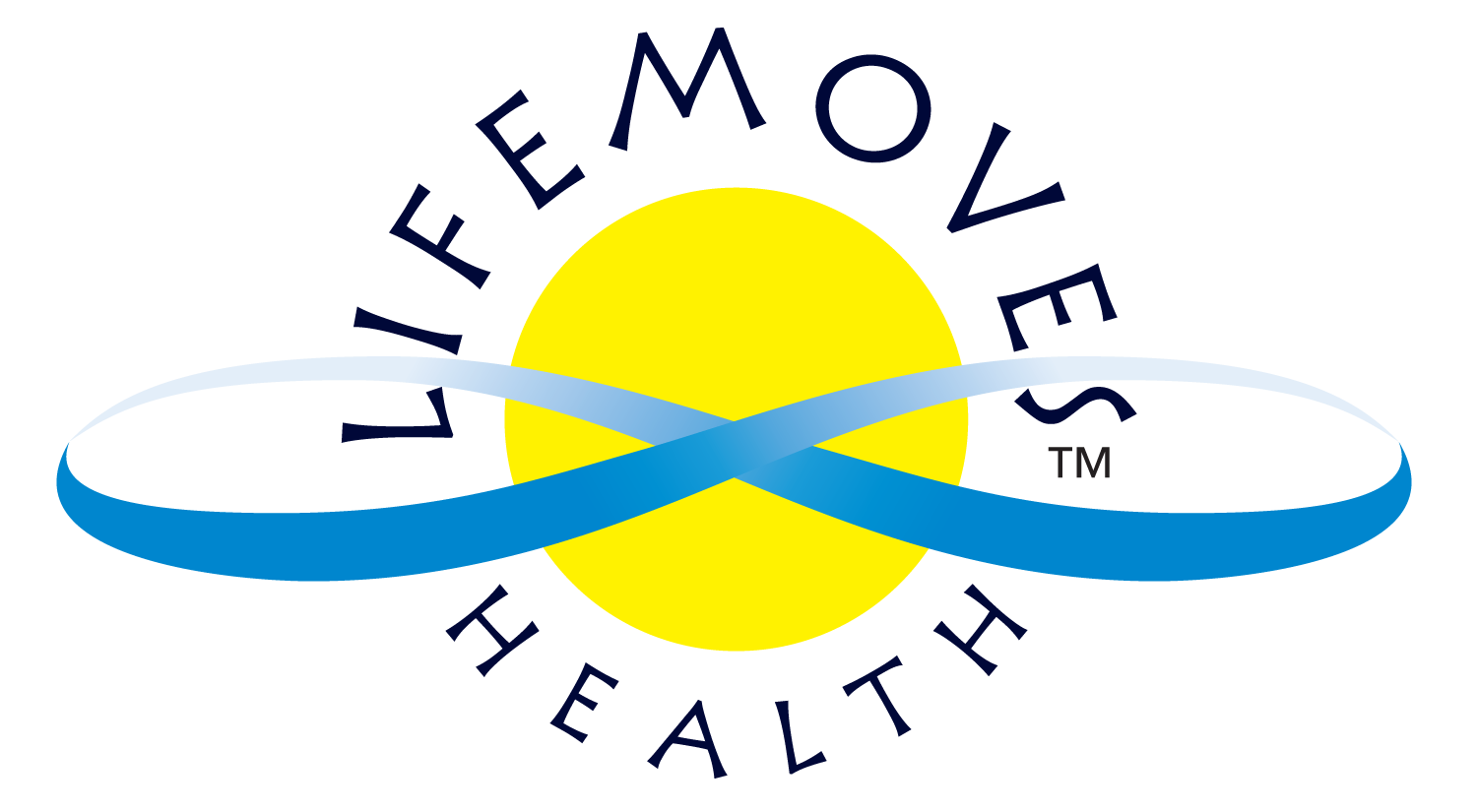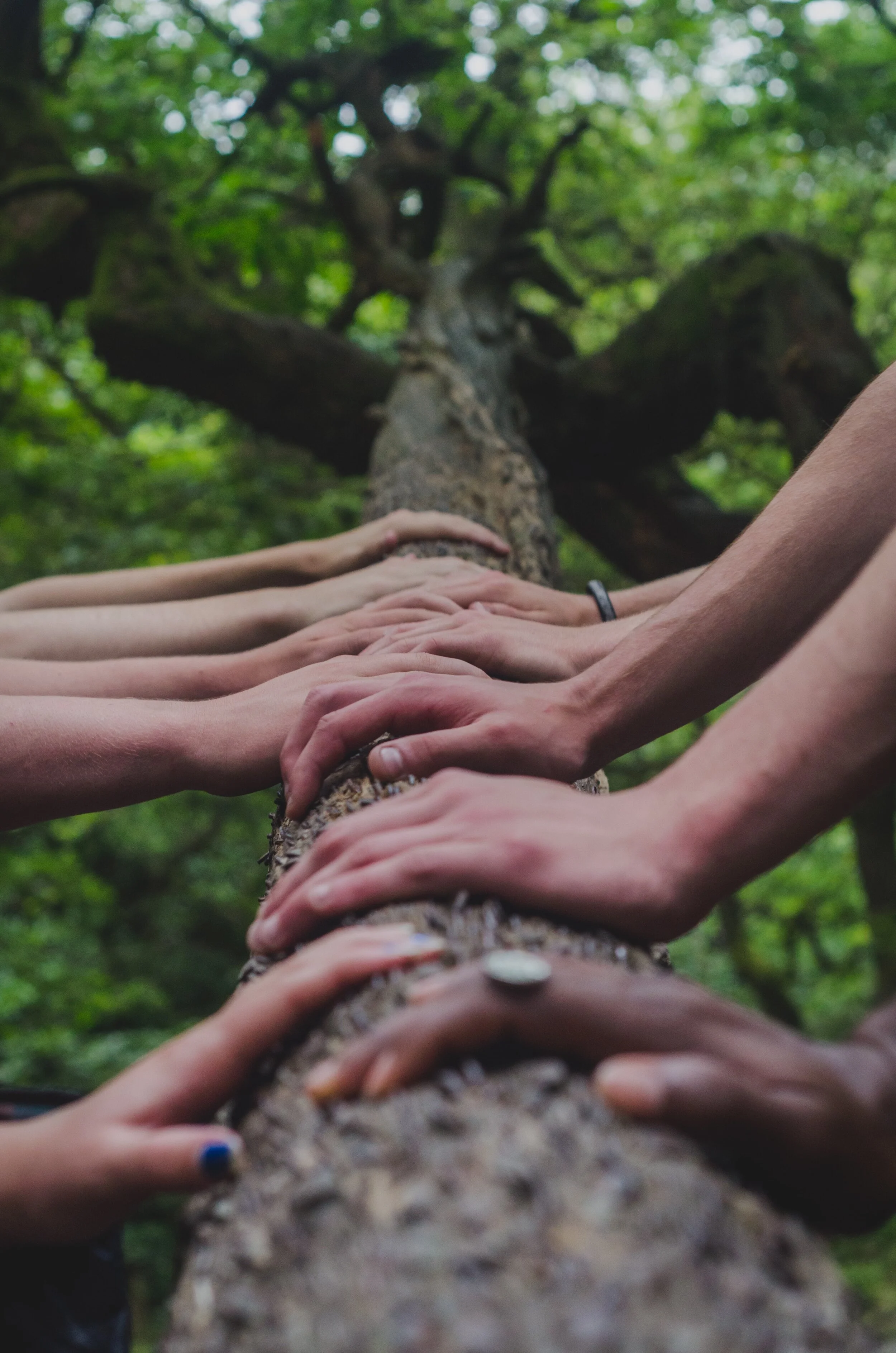Virtually A Village
Being there for each other… even when we aren’t in the same room
Photo by Shane Rounce on Unsplash
When I started working with virtual assistants (VAs) back in 2005-2006, things were A LOT different. For about 6-7 years, I worked with one dedicated assistant at a time.
Since those early years, more and more people began providing administrative support virtually and were looking to support multiple clients, rather than provide full support for just one or two.
Now we have a team, who work part-time and the channels we use for communication and project management have changed drastically too.
How?
About 8 years ago, in 2012-2013, we started shifting to a model where we diversified the team. Each person had certain roles and responsibilities that she/he/they were the primary for, and we also appointed at least one other person as support for overflow or as backup. This change meant fewer hours per person overall (which surprisingly was what our VAs preferred), and more flexibility.
In this revised, village-concept model, ongoing, core administrative responsibilities began to be covered by 2-3 people, allowing our team to rotate responsibility for being "on call" to respond to client emails, etc.
Once the structure for rotation was defined by morning and afternoon times for each weekday, I invited our team to discuss their preferences for days and times amongst each other and come back to me with a proposal of who would cover each shift. We revisit delegation and allocation periodically and adapt it when needed.
One of our core values as a team is that we have each other's back. Sharing these everyday essential responsibilities has meant that each VA has someone knowledgeable to fill in for her/him/them when they need coverage for a doctor's appointment or another important event. Being able to rely on each other for coverage has strengthened our bond with each other as a team.
With the pandemic, our team has leveraged our Village Model even further. A year ago, almost to the day, most of our project work for the rest of the year was canceled or postponed. There was no income. We were intent on keeping the business open (and I was intent on keeping everyone on our team together as long as we possibly could). We knew that our services were still very much needed and were determined to see this moment through together.
Early on, we saw the strain of home-schooling little ones and navigating shutdowns, etc., as most of our team has family at home who rely on them for support. In response to the new challenges, we rotated time off for each member of our admin team. Sometimes the time needed was a few days here and there, and in other cases, it was for several weeks at a time.
We all pitch in and continue to keep things rolling: I've jumped back into tasks I don't do ordinarily and some of our team have learned to do new things to cover for other members of our village.
It hasn't been easy, but it has been possible, largely in part to our business model and community outlook. We step in and step up for each other. And we are definitely, as individuals and as a company, the more resilient for it.

